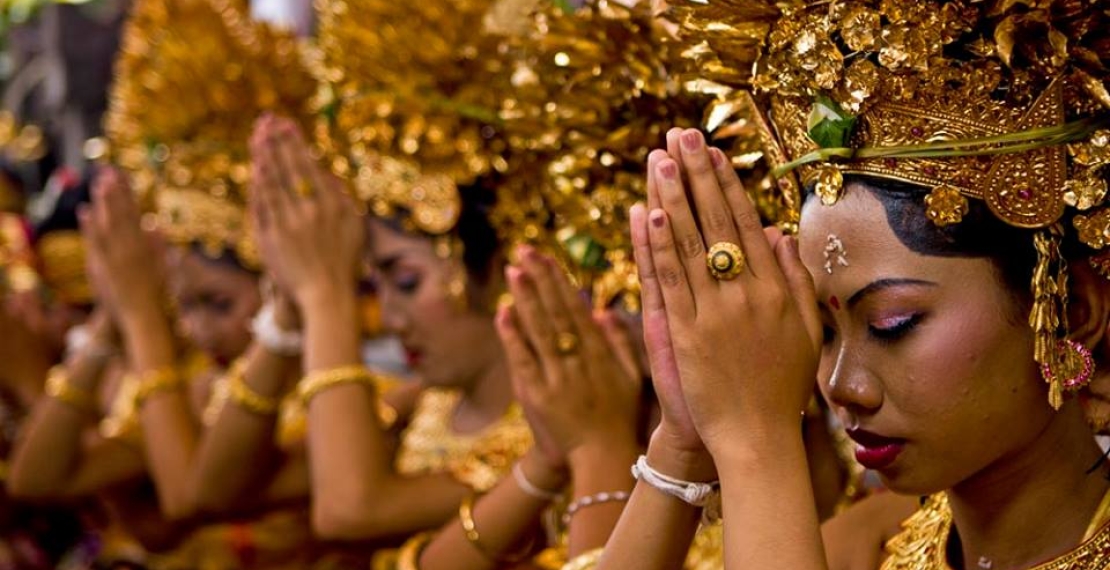According to the Hindu tradition, Sanskrit originated from Lord Brahma who is considered as the creator and also the preserver of the universe. The primary meaning of Sanskrit is 'to speak'. It is believed that the primary creation of Hinduism took place at the place called Deva (meaning "devoid, empty"). From this point of origin, Sanskrit evolved into three variants namely Patanjali's mantra (also called Upanishad), Khajuraho's mantra (also known as Kuraladi Praja) and Yoga mantras.
Sankrit of Hinduism is said to contain thirty-eight mantra hymns or Sanskrit mantras. These were believed to be the original source of all yoga mantras and deities worshiped by the Hindus. There are various Upanishads which mention different portions of the original Sanskrit. The first portion, which was believed to be the original Yajus (sacred vows) stated that all the desires of the human being, both physical and mental, must be fulfilled. These were later transformed into mantras by sage Kapil's pupil, Patanjali.
It is believed that the Yajur Veda book in Sanskrit is the most ancient of the Sanskrit books. It is also referred to as the Upanishads. The word "Yajur" means "the divine speech". Many of the mantras of yoga also bear a reference to the Yajurvedic mantras. It can be therefore be concluded that the Upanishads are in turn, derived from the same source, the Yajurvedic books.
In addition to the Upanishads, there are forty-eight Sanskrit names, or treatises, which mention various sections of the divine texts. The first portion of the Upanishads is known as the Agamas. These texts were composed between the second and third centuries AD. The Agamashariyas and the Charaka Samhita are two of the more famous Agama texts.
The other section of the Upanishads is referred to as the Vedas. The term "veda" literally means "science" or "study". Many of the ancient Upanishads mention the names of elements that are used in the modern cosmology. Some of the Hindu texts from the Sanskrit of Hinduism state that these books were composed by the deities themselves.
The modern world has adopted much of the Sanskrit of Hinduism, such as its mantras. However, when reading a typical Sanskrit veda book, you will notice that much of the terminology is unfamiliar to Westerners. In order to explain the nature of the veda, its authors relied on the illustrations found in the yoga sutras, the Upanishads, and the Agamas. Westerners who have read the Agamas and the yoga sutras have been familiar with some of the words used by those ancient writers.

